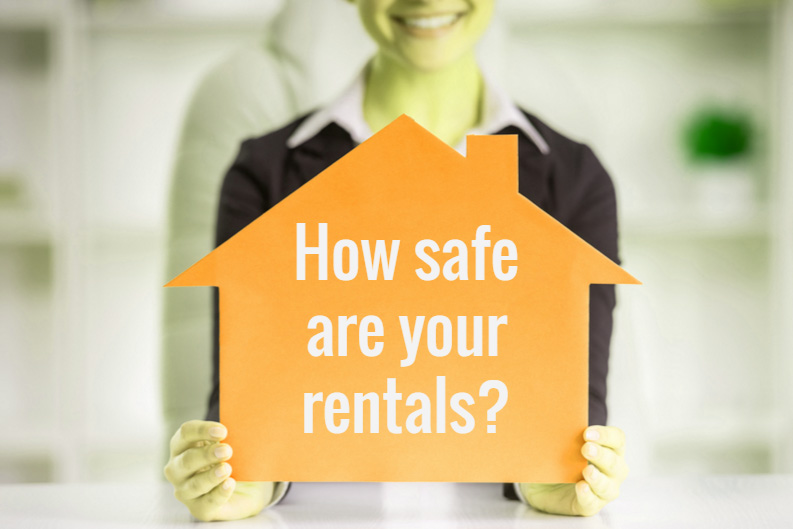Residential Rental Inspection Report
A Maintenance Check list helps Owners and Tenants live at peace.
- Home Inspection Checklist
- Rental Inspection Checklist
- Pre-rental Inspection
- Post-rental Inspection
What is a Residential Rental Inspection Report?
A Residential Rental Inspection Report is used by a landlord or property manager to document the condition of a rental property before a tenant moves in and after a tenant moves out. The purpose is to list any damage to the property before and after the tenancy so that the landlord or property manager knows what repairs the most recent tenant is responsible for.


Who Should Use a Residential Rental Inspection Report?
A home inspection checklist should be used by property owners and managers at the beginning and end of each new tenancy.
Tenants may also choose to request one from their landlord if one is not provided.
You should use a rental inspection checklist for any type of rental property, including a(n):
- Villas
- Apartments
- Portions
- or, any other type of residential rental property
